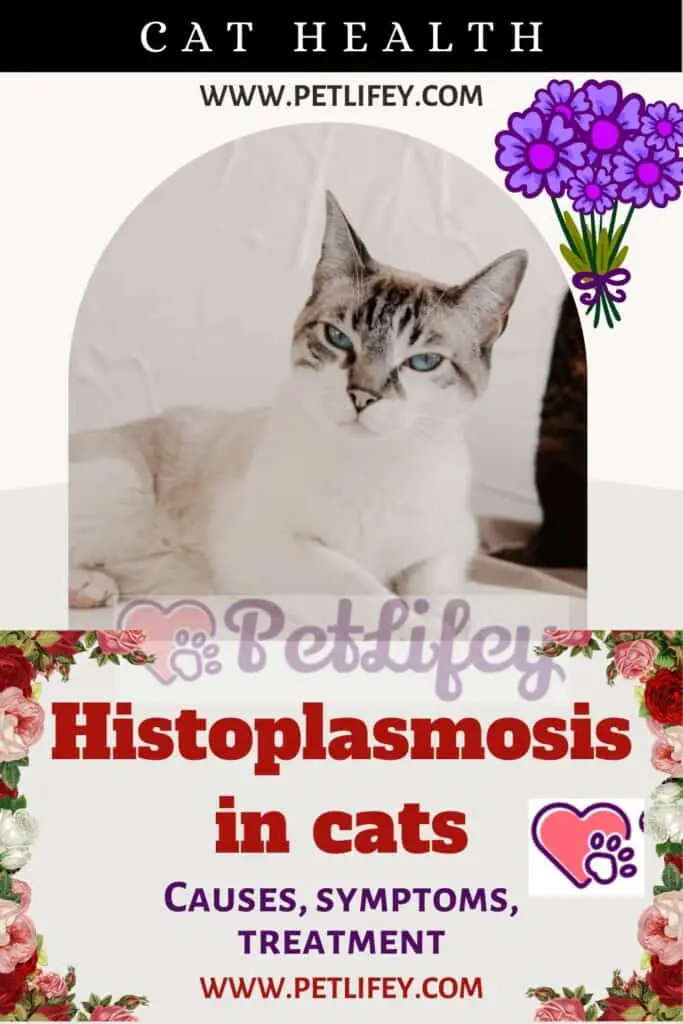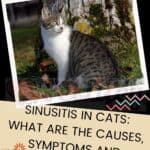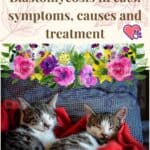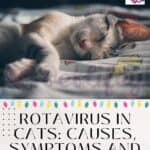Histoplasmosis in cats is an infection that affects the intestinal tract of the feline. Let’s see what the causes, symptoms and treatment are.

If you want to adopt a cat , you must be ready and aware that it can be subject to certain infectious diseases.
This is why it is essential to learn to recognize the signals that the animal shows in case of disease.
Knowing the symptoms of the most common ones to interpret abnormal behaviors and act promptly can save your kitty’s life.
Although it is essential that the animal is periodically visited by the veterinarian, that it is vaccinated, that it receives adequate treatment against external and internal parasites and that it eats in a healthy and complete way, it is also advisable to observe it carefully, in order to decipher abnormal behaviors. than usual.
In today’s article we will learn about the causes, symptoms and adequate treatment in case of histoplasmosis in cats.
Cause of histoplasmosis in cats
Histoplasmosis in cats is mainly caused by ingestion of the fungus Histoplasma capsulatum.
This fungus is present in the soil and when the cat goes to do its business and subsequently, as its habit after having done them, scratches it, it is at that moment that it is easy for it to become infected.
Another way your cat becomes infected is when it comes into contact with contaminated birds (including poultry) or bat droppings.
Symptoms

The signs that the cat shows due to histoplasmosis can be different among the most common ones are lack of appetite, weight loss and breathing difficulties .
Other symptoms may include:
- increased breathing effort and harsh lung sounds
- diarrhea in cats
- fever, up to 40 ° C
- pale gums and mucous membrane
- swollen lymph nodes (lymphadenitis)
- ocular discharge
- lameness
- cough in cats
Diagnosis and treatment of histoplasmosis in cats
In order to make a diagnosis, the veterinarian will have to perform a physical examination but not before having consulted the owner to try to understand what the possible accidents and what the cat may have come into contact with in the previous hours.
Then he will proceed with a differential diagnosis, as the symptoms of heart failure, feline asthma , lymphoma, pyothorax and fungal pneumonia, are too little indicative to point to a single pathology.
It will therefore proceed with further differential tests that will confirm or exclude the actual state of histoplasmosis, together with tests such as: chemical blood profile, complete blood count and urinalysis.
Once the diagnosis has been established, the veterinarian will decide on the most appropriate treatment and possible hospitalization in case the cat refuses to eat.
Which is why the vet will administer drugs, fluids and nutrients intravenously until the cat’s condition improves.
It is also possible that the condition recurs and it will therefore be necessary to repeat a second course of therapy.
Immediately after the treatment it will be necessary to subject the animal to forced rest in a cage, in order to avoid inappropriate efforts and movements and to accelerate recovery.
As far as prevention is concerned , it is easy to say a little less to do, especially for cats who have the possibility of being able to go out in the garden.
To prevent your cat from being exposed to possible sources of contamination , he should avoid going to land where birds, poultry or bats rest.






